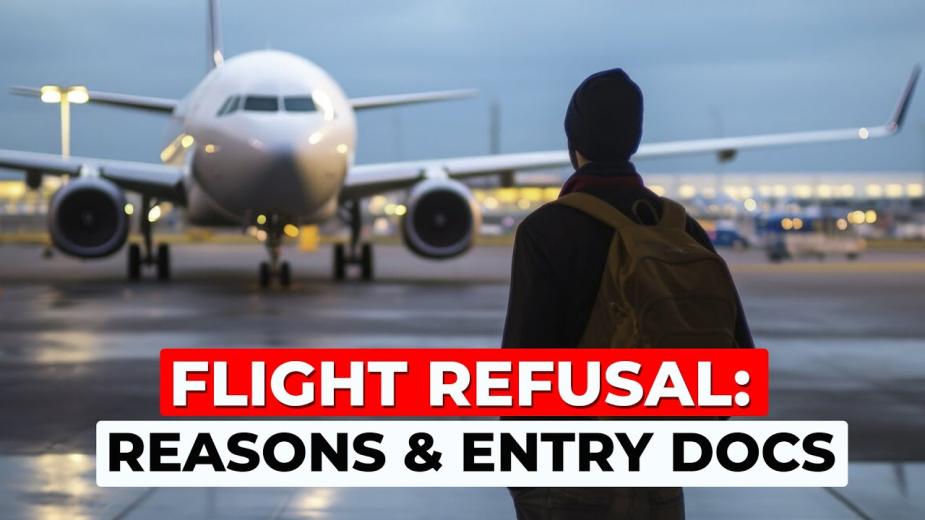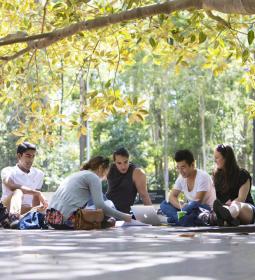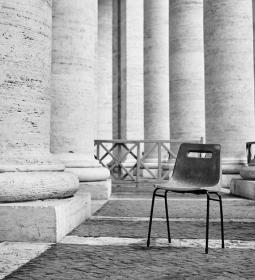Choosing a seat on a plane is not an easy task, even for those who travel frequently. Your comfort and safety during the flight depend on this choice. Let's find out how to choose the most convenient place.

Individual needs and physiological characteristics
The first thing to consider when choosing is your individual needs and physiological characteristics. There is no universally comfortable or safe seat for all passengers. For example, tall passengers will feel more comfortable in places with more legroom, and those traveling with children will feel more comfortable in rows with carrycot fasteners.
The most comfortable seats

- Before emergency exits. There is more legroom, but in case of an emergency, you need to be prepared for the fact that the flight attendants will ask you to help (which they warn you about before the flight).
- First row. These seats often have extra space but can be more expensive. Mostly booked first.
- It should be borne in mind that the first rows before emergency exits can be uncomfortable: it is impossible to recline the backs of the seats, and the space for personal belongings is very limited.
- Rows with fasteners for carrycots are ideal for passengers with small children.
- Window seating allows you to enjoy the views and create a more private atmosphere.
Uncomfortable places
- Seats near toilets have their obvious drawbacks. Noise, constant movement of passengers and staff can significantly reduce your comfort. In addition, you often have to endure unpleasant odors and long queues.
- Rows with drawers under the seats - limited legroom and personal belongings.
- Seats in the last rows are limited legroom and the inability to recline the backs of the seats.
Safe Places

- Seats in the tail section are statistically safer. Studies show that the survival rate in the event of accidents at these sites is higher compared to the front of the aircraft.
- Places near emergency exits are also considered relatively safe due to quick access to the exits in case of an emergency.
Registration methods and their advantages
- Online booking. Most airlines allow you to choose your seat online 24-48 hours before departure, but it should be borne in mind that not all carriers guarantee the preservation of the selected seat, especially in the case of a change of aircraft.
- Paid seat selection. Some carriers offer paid seat selection, the cost of which varies from 5 to 40 euros. This is often the most reliable way to ensure a comfortable place.
- Benefits of late registration. Passengers who check in later often get more comfortable seats or even the opportunity to upgrade to Business Class for the same price.
Flight load depending on the day of the week
Flight occupancy also affects your comfort. Knowing which days are the busiest will help you plan a comfortable trip.
- The busiest days are Friday and Sunday. Avoid these days if you want less fuss and more space.
- The least busy days are Tuesday and Thursday. These days, the probability of flying in a half-empty plane is much higher.
Seat map

Knowing the seating map makes the selection process much easier. You will find such schemes on the websites of air carriers and in online ticket offices. It is important to pay attention to the distance between the seats, the presence of sockets, the location of emergency exits and toilets.
Useful tips

Experienced travelers know how to make their flights as comfortable as possible. Here are some helpful tips.
- Plan in advance. Book your place in advance using online services.
- Ask questions. When buying a ticket or checking in, do not hesitate to ask the cashier about the most suitable seats.
- Clothing and equipment. Wear comfortable clothes, take everything you need for the flight with you (pillows, headphones, chargers, etc.).
- Stay buckled up. This is a basic safety measure during flight, especially in turbulence.
- Avoid alcohol and sleeping pills. These substances can make you feel worse and react in emergency situations.












